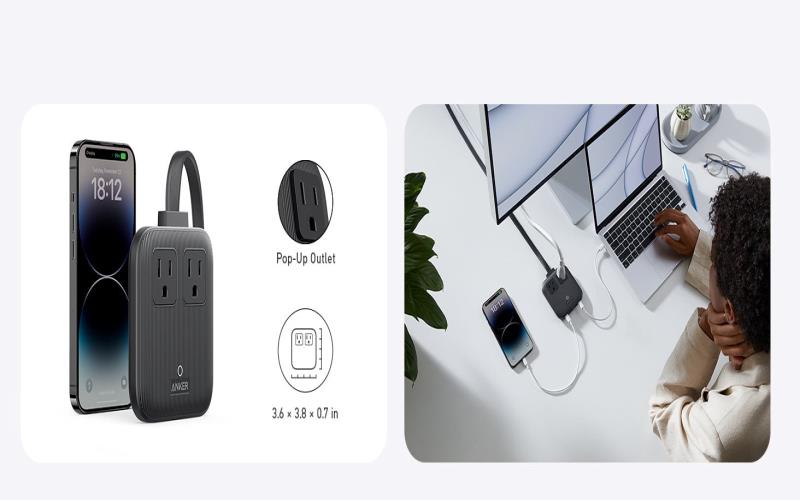In today’s digitally driven world, protecting our electronic devices from power surges is crucial to ensure their longevity and functionality. Surge protectors serve as the first line of defense against voltage spikes, safeguarding our valuable electronics from potential damage. However, with a wide range of surge protectors available on the market, selecting the right one can be overwhelming. In this article, we’ll discuss key factors to consider when choosing the right surge protector for your devices.
Key Factors to Consider When Choosing a Surge Protector
1. Understanding Joule Ratings
Joule ratings signify the amount of energy a surge protector can absorb before its protective capabilities are compromised. Higher joule ratings typically signify better protection against power surges. Opting for a surge protector with a higher joule rating ensures adequate protection, particularly for devices with sensitive components that are prone to damage from electrical surges.
2. Evaluating Clamping Voltage
Clamping voltage denotes the maximum voltage level at which a surge protector will divert excess electricity away from your devices. Lower clamping voltages offer superior protection by redirecting excess energy at lower thresholds. Prioritize surge protectors with low clamping voltages to ensure optimal protection against voltage spikes and the associated risks of damage to your electronics.
3. Assessing Outlet Capacity
Consider the number of outlets provided by the surge protector to accommodate all your electronic devices. Ensure that the surge protector offers a sufficient number of outlets to connect all your devices without requiring additional power strips or adapters. Additionally, look for surge protectors with spaced outlets to accommodate bulky plugs and transformers effectively.
4. Analyzing Response Time
The response time of a surge protector refers to how quickly it reacts to a voltage spike and initiates the diversion of excess electricity away from your devices. Faster response times indicate better protection as they minimize the duration of exposure to the surge. Opt for surge protectors with swift response times to ensure prompt and effective protection for your electronics.
5. Reviewing Warranty and Guarantee
Look for surge protectors that come with warranties or guarantees to provide peace of mind and assurance of quality. A warranty ensures that you can receive a replacement or refund if the surge protector fails to perform as expected. Additionally, carefully review the terms and conditions of the warranty to understand the coverage and duration of protection offered.
6. Considering Environmental Impact
For environmentally conscious consumers, prioritize surge protectors designed with sustainability in mind. Look for products made from recycled materials or those that promote energy efficiency. Selecting a surge protector with an environmentally conscious design not only protects your devices but also contributes to a greener planet by reducing waste and promoting sustainability.

Conclusion
In conclusion, selecting the right surge protector for your devices requires careful consideration of factors such as joule rating, clamping voltage, number of outlets, response time, warranty, and environmental considerations. By choosing a surge protector that meets your specific needs and preferences, you can ensure optimal protection for your valuable electronic devices. For example, the Anker Nano Charging Station (6-in-1, 67W) offers not only advanced surge protection but also environmentally conscious design, using 75% post-consumer recycled plastics (PCR) to reduce waste and promote sustainability.

